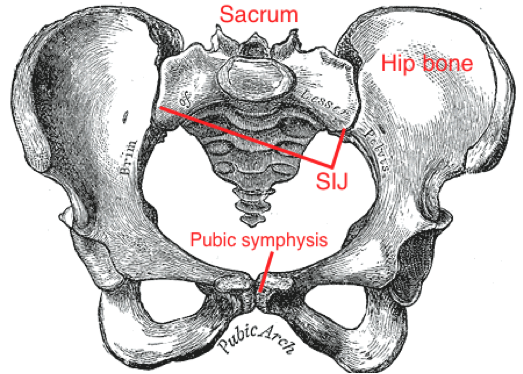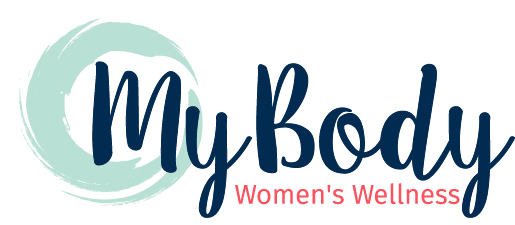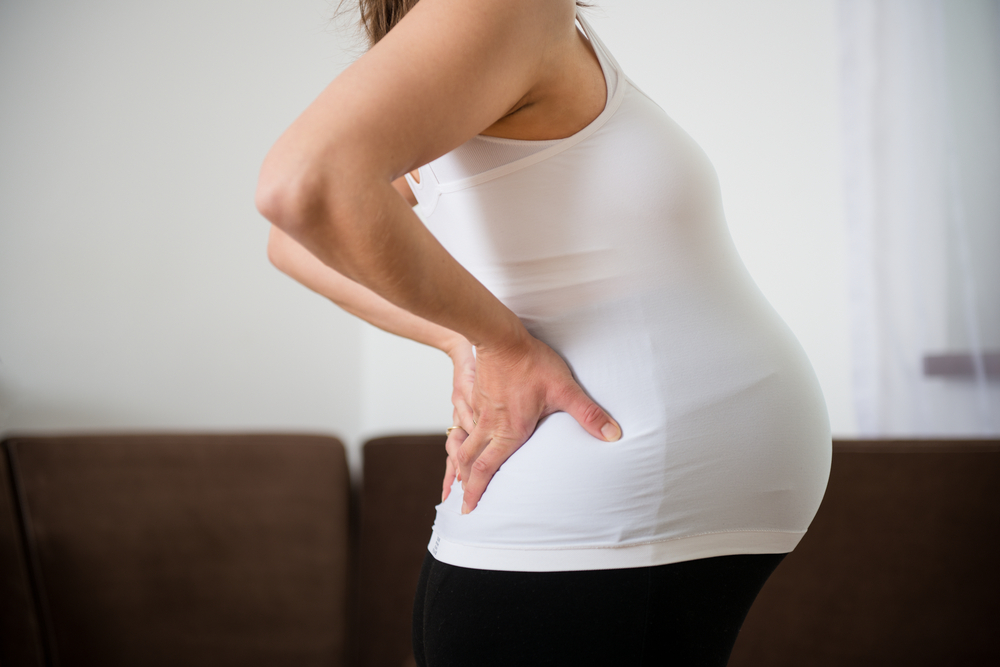05 July Back pain in pregnancy – its not always “normal”
Did you know that around 50% of women will experience some form of back or pelvic girdle pain during pregnancy? For many years, this has been considered a ‘normal’ symptom of pregnancy; to be ‘expected’. But whilst it is a common condition, it is not NORMAL .
What is pelvic girdle pain (PGP)?
The pelvic girdle is made up of your two hip bones and your sacrum/coccyx. There are 3 joints in the pelvic girdle, the two sacroiliac joints sit just below the ‘dimples’ in the small of your back and the pubic joint/symphysis lies at the front near the groin.

PGP is pain occurring in any or all 3 of these joints. Lots of women describe sacroiliac joint pain, in the top of their buttock or tail bone. PGP can range from being a mild intermittent ache to debilitating sharp pain which can even affect simple activities like standing on one leg and walking.
What causes low back and pelvic girdle pain during pregnancy?
It’s only recently that researchers have started studying the physiological and biomechanical changes that occur during pregnancy. So there’s still a lot of conjecture as to the causes of this pain. Some of the most recent thinking is:
The hormone relaxin is produced in high levels around in the first trimester, peaking at week 14-16 and again towards the end of the pregnancy and labour. Its main actions are relaxing the uterine walls and blood vessels to the placenta and kidneys. Perhaps more relevant it’s thought to relax the pubic ligaments in order make room for a growing baby and to produce a more spacious birthing canal.
Relaxin is a beautiful and clever natural occurrence if your body is in great alignment and with normal muscle length and strength, but if your muscles and bones are NOT where they’re supposed to be, that can leave you susceptible to ligament sprains, low back pain and pelvic instability. And then multiply that due to the extra weight of a growing baby!
Additionally, and probably more importantly, the most major factor is thought to be women who may have started with poor posture, flexibility, strength or habits who are unable to cope with the rapidly increasing load of pregnancy, thereby straining ligaments or muscles and causing pain and discomfort.
So I think I’ve got PGP…what should I do now?
- Rest from aggravating or excessive activity BUT remain active within the limits of your pain.
- Avoid any activities which involve asymmetrical movements of the pelvis like sitting cross-legged, lunges or warrior poses in yoga
- Put a pillow between your knees when lying on your side
- Keep your knees together and avoid twisting when rolling over or getting out of bed eg a ‘log’ roll.
- Before getting out of chairs or lifting heavy objects or children (!) engage your pelvic floor and abdominals and ‘exhale with effort’
- A heat pack can help to reduce pain and relax muscles.
How can physio help?
Physiotherapy treatment helps to ‘realign’ the bones of the pelvis, low back and hips using gentle mobilisation, massage and stretches. Once in better alignment, we incorporate strengthening exercises for ‘core’ muscles and muscles around the hips to maintain the best alignment. A sacroiliac joint belt may be a helpful adjunct to assist your pelvic stabilising muscles. My Body even has special pillows so pregnant mums can lie on their front!
It’s not too late…prevention is better than cure.
By addressing muscle weakness and tension and poor posture and habits you can help to maintain a well-balanced and happy body throughout pregnancy. However, if you are already pregnant and in pain, specific manual physiotherapy techniques, followed by a tailored strengthening program will help you get back on track. It’s never too late to start and you may be reducing your chances of prolonged or more severe pain down the track!
Chat to us at My Body about how we can help you prevent or manage low back and pelvic girdle pain. Phone/Whats app 9186 6551 or email info@mybody.com.hk.
References
- Pelvic Obstetric and Gynaecological Physiotherapy, Pregnancy-related Pelvic Girdle Pain, 2015
- Greenwood, C.J and Stainton M.C. Back pain/discomfort in pregnancy: Invisble and forgotten. The Journal of Perinatal Education, 10, No. 1, 2001.
- F Dehghan,B S Haerian, S Muniandy, A Yusof, J L Dragoo, and N Salleh. The effect of relaxin on the musculoskeletal system. Scand J Med Sci Sports. 2014 Aug; 24(4): e220–e229.
- Marnach, Mary L et al. Characterization of the Relationship Between Joint Laxity and Maternal Hormones in Pregnancy. Obstetrics & Gynecology: February 2003 – Volume 101 – Issue 2 – p 331–335
- Fishburn S. Pelvic girdle pain: updating current practice. Pract Midwife. 2015 Nov;18(10):12-5.
- van Benten E1, Pool J, Mens J, Pool-Goudzwaard A. Recommendations for physical therapists on the treatment of lumbopelvic pain during pregnancy: a systematic review. J Orthop Sports Phys Ther. 2014 Jul;44(7):464-73.
- You and your hormones: Relaxin (Society for Endocrinology) http://www.yourhormones.info/hormones/relaxin.aspx
- Image courtesy of Henry Gray (1918) Anatomy of the Human Body.


No Comment